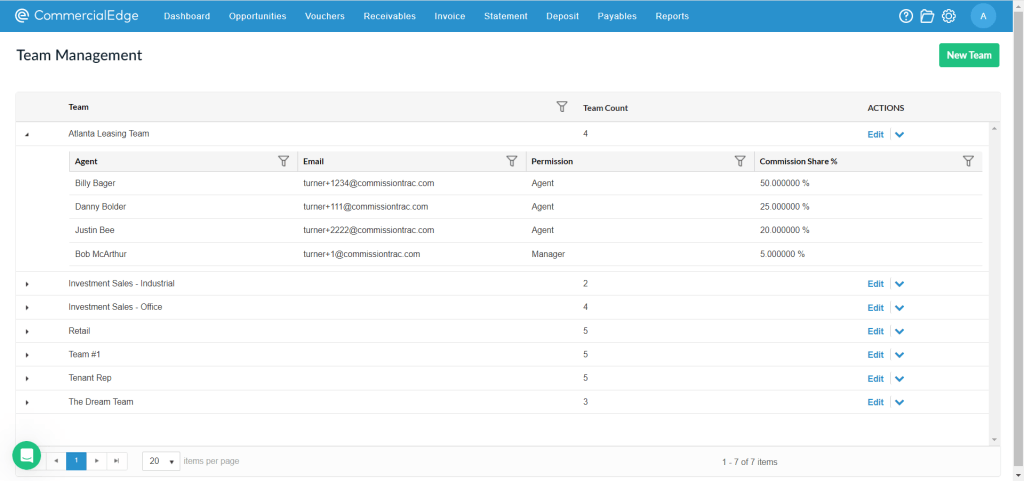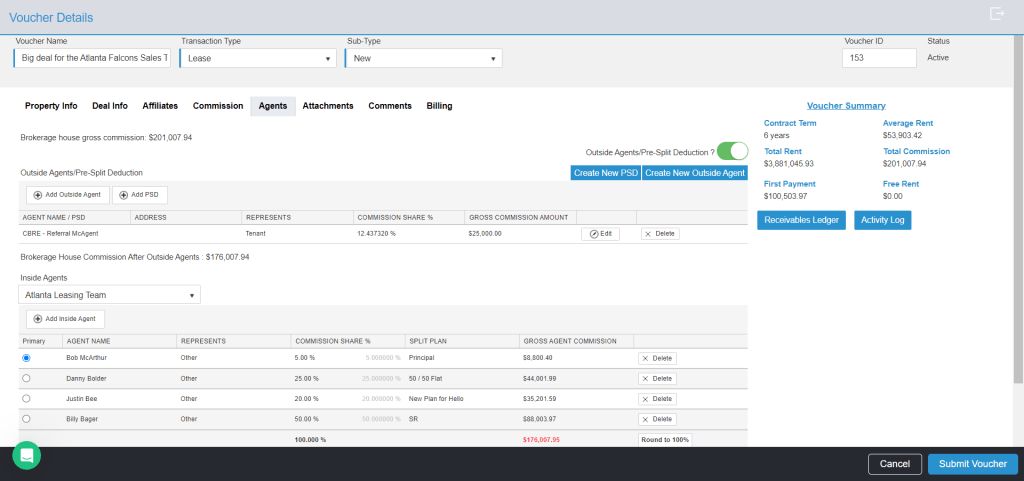
Leverage Team Collaboration Across Your Brokerage to Boost Efficiency and Revenue

Note: Article updated in March 2024.
Creating and implementing teams within a commercial real estate brokerage can have many advantages, including increased efficiency, improved communication and better collaboration among team members. One of the most effective ways to incorporate teams into a brokerage business is to apply the team concept to every aspect of the organization, from agents to managers to executives.
This approach boosts efficiency and allows each team member to leverage their own specific skill set in a CRE environment that encourages professionals to share best practices, implement better strategies for clients and develop innovative solutions to common challenges.
Collaboration Fuels Team Productivity
Expanding the concept of teams to a regional and national level allows the same benefits to be achieved on a wider scale. This helps promote greater accountability and provides a stronger support system for brokers and agents. Through regional and national teams, CRE brokerages can create a more diverse and collaborative environment that can lead to greater success and enhanced revenue.
The utilization of a team approach can contribute to higher employee retention by ensuring a productive work environment where each broker’s individual strength contributes to collective expertise that can lead to greater employee satisfaction and performance.
Technology Drives Further Growth
Encouraging team members to stay connected through various platforms that are specifically designed for seamless collaboration can also increase efficiency. Enhanced internal communication helps better shape common goals, while team productivity-based rewards incentivize brokers to seek more business opportunities.
New technology can present some challenges, but the benefits outweigh the challenges. It allows brokerages to operate more efficiently, make data-driven decisions and serve clients better.
Furthermore, brokerage workflows can be further optimized with technology that provides valuable functionalities such as automated and transparent CRE commission tracking, invoicing and distribution.
How CommercialEdge Commissions Empowers Teams
CommercialEdge Commissions, a complete back-office and commission management solution, makes it easy to track everything from a single location by centralizing all deal data, paperwork, invoice due dates and commission splits.
Reports for current and previous receivables are automatically generated, streamlining day-to-day operations. The CRE solution allows brokers to generate their own reports at their own time and pace, without having to put in requests and then wait for someone to be available to compile and distribute reports.

Commissions streamlines the entire process of setting up teams and managing and expanding them, while team managers can access data across the entire group. At the same time, the CRE solution includes flexible permission settings that allow companies to be highly specific about who can see and do what. Commissions also provides options for various levels of hierarchy.
For larger regional and national brokerages, some organizations using Commissions have set up teams by market, while others have seen success organizing single-market brokerages by unit.

CommercialEdge Commissions is a CRE solution tailored for pure brokerages and the brokerage divisions of full-service real estate companies. The CRE tool streamlines operations and enables effective team collaboration by leveraging powerful automation and real-time business analytics.

More Articles You Might Like
BOMA Advocacy Report: The Impact of Transfer Taxes on Commercial Real Estate
The BOMA Advocacy Report on Transfer Taxes examines the effects of real estate transfer taxes (RETTs) on commercial properties across the U.S.
Understanding Stacking Plans and Their Importance in Commercial Real Estate
Stacking plans are valuable tools in CRE leasing and asset management, especially with a dedicated solution that automates their creation.
Manufacturing Growth Set to Fuel Industrial Space Demand
The manufacturing sector is expected to remain a key driver of industrial development, though not without challenges.




